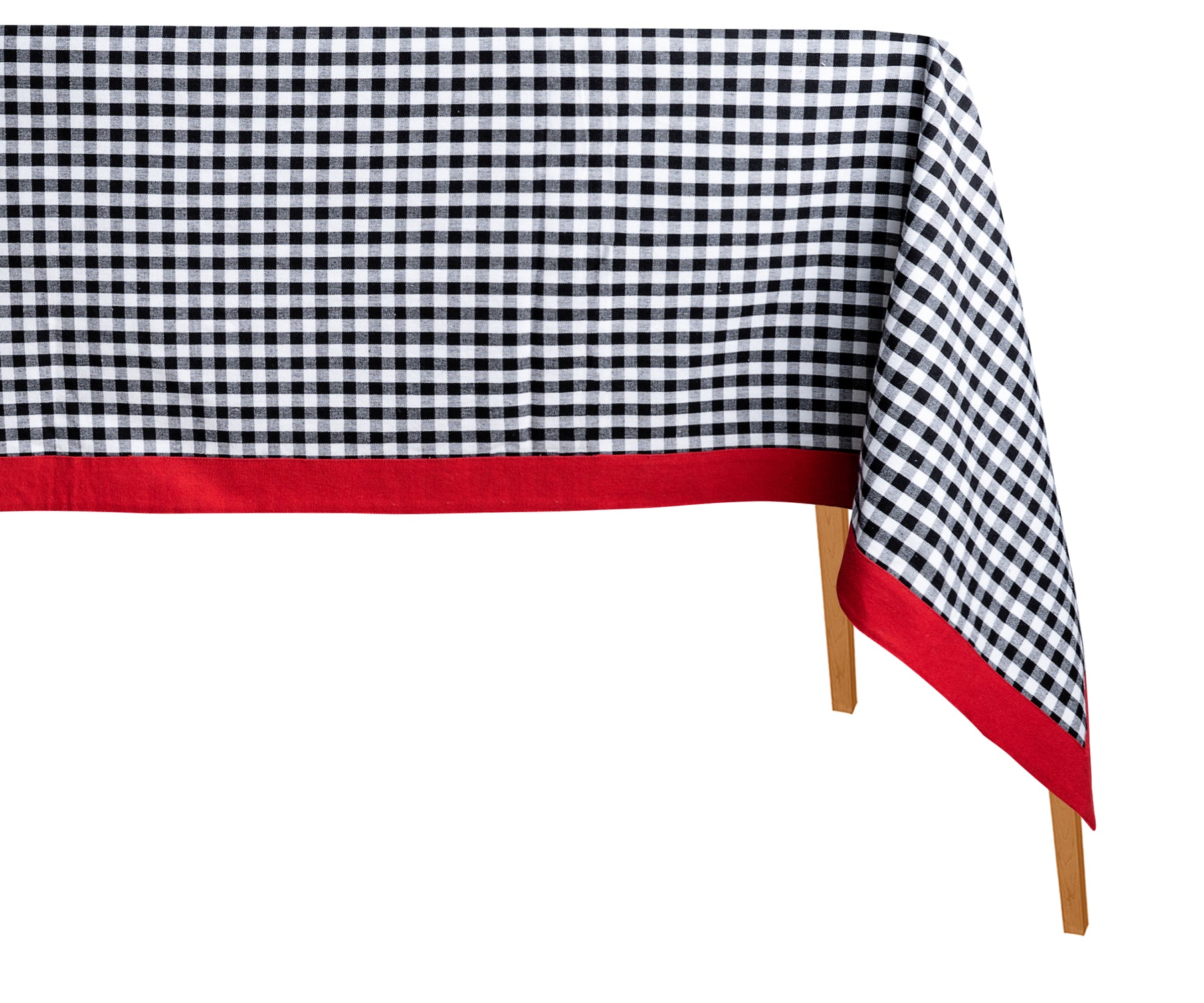Origins of the First Christmas Celebration
The first Christmas celebration in history dates back to 336 CE in Rome, making it one of the oldest known Christian observances. During this time, Christianity was gaining prominence in the Roman Empire under Emperor Constantine. The festival was formally recognized to honor the birth of Jesus Christ, marking a pivotal moment in the religious calendar.
-
In 336 CE, the first recorded celebration of Christmas occurred in what city?
Rome holds the distinction of being the city where the first recorded Christmas celebration took place. The date, December 25, was chosen, aligning with the pagan festival of Saturnalia, a popular Roman holiday celebrating the winter solstice. This overlap helped ease the transition for converts from pagan traditions to Christianity.
You May Also Like Can You Use a Square Tablecloth on a Round Table?
What Year Was the First Christmas Celebration Observed?
To pinpoint what year was the first Christmas celebration, we return to the early 4th century, a time when Christianity was still solidifying its role in society. The Roman calendar officially marked December 25 as the day of Christ's birth, a date still celebrated today. This momentous occasion set the precedent for future Christmas traditions.
The shift to a Christianized festival symbolized more than religious reverence—it also illustrated the unification of diverse cultural practices under the expanding influence of Christianity.
The Role of European Cities in Christmas History
Europe has played a crucial role in shaping Christmas traditions. The first recorded celebration of Christmas as the birth of Christ took place in Rome, but other cities soon adopted and expanded upon these practices.
-
In which European city was the first recorded Christmas celebration held?
Rome is the city where the first official Christmas observance was documented. From there, Christmas spread to cities like Constantinople and Antioch, influencing neighboring regions and embedding itself deeply in European culture.
Customs of the Christmas Season in Mexico
Mexico has a rich tapestry of Christmas traditions rooted in both indigenous and Spanish influences. One of the earliest customs is Las Posadas, which reenacts Mary and Joseph's search for lodging before the birth of Jesus. This unique celebration exemplifies how the Christmas spirit transcends borders and adapts to local cultures.
-
What is the first custom or celebration of the Christmas season in Mexico?
Las Posadas, meaning "The Inns," involves processions, prayers, and festive gatherings. It starts on December 16 and continues for nine nights, culminating in the joyous celebration of Christmas Eve.
Read More: Can You Put a Table Runner Over a Tablecloth?
The Christmas Tree Tradition: Which Country Was First?
The Christmas tree is one of the most beloved symbols of the holiday season, but its origins are equally fascinating. This tradition began in Germany, where fir trees were decorated to celebrate Christmas. By the 16th century, these festive trees became central to German households, spreading later to other countries.

-
Which country was the first to use a Christmas tree in its celebration of the season?
Germany was the pioneer of this cherished custom. Martin Luther, the Protestant reformer, is often credited with decorating the first Christmas tree with candles, inspired by the beauty of stars shining through the trees.
The First Christmas Celebration in America
The first Christmas celebration in America holds its own charm, occurring in 1605 when German immigrants brought their traditions to the New World. However, it wasn’t until the 19th century that Christmas gained widespread popularity in the United States, largely due to influences from English and Dutch settlers.
- Early celebrations in America were modest, focusing on family gatherings and religious observance.
- It wasn’t until the introduction of Santa Claus and Christmas cards in the mid-1800s that the holiday took on its modern, festive character.
Read Related: How Long Do Floating Candles Last
Cultural Evolution of Christmas Through Time
The first Christmas celebration date remains a cornerstone for understanding how the holiday has evolved. Over centuries, diverse cultures contributed unique customs, such as caroling in England, Nativity plays in Italy, and festive meals in France. Today, Christmas is celebrated with a mix of religious devotion and secular traditions.
Modern Christmas and Sustainability
While Christmas celebrates history and tradition, modern festivities also emphasize sustainability. Shoppers increasingly seek eco-friendly options for holiday decorations and gifts. If you’re looking to add sustainable touches to your Christmas preparations, consider visiting All Cotton and Linen for products like kitchen towels, table linens, cloth napkins, grocery bags, beddings, and tablecloths. Their eco-conscious products help blend practicality with festive elegance.
The Lasting Impact of the First Christmas
The first Christmas celebration in history marked the beginning of a global phenomenon that continues to unite people worldwide. From its humble beginnings in Rome to its expansion across continents, Christmas has grown into a season of joy, generosity, and cultural exchange.
Key Takeaways:
- The first recorded celebration of Christmas took place in Rome in 336 CE.
- Mexico's Las Posadas highlights the adaptation of Christmas customs across cultures.
- Germany introduced the Christmas tree, a cherished symbol of the season.
- The first Christmas celebration in America brought European traditions to the New World.
As we celebrate Christmas today, these historical milestones remind us of the shared heritage and universal values that define this beloved holiday.













































































